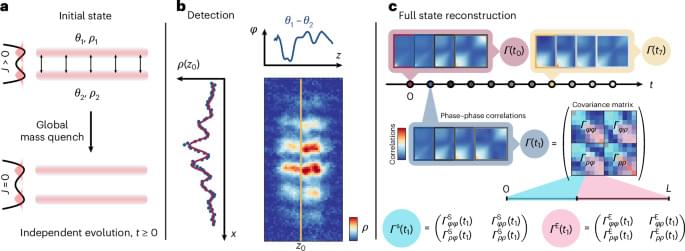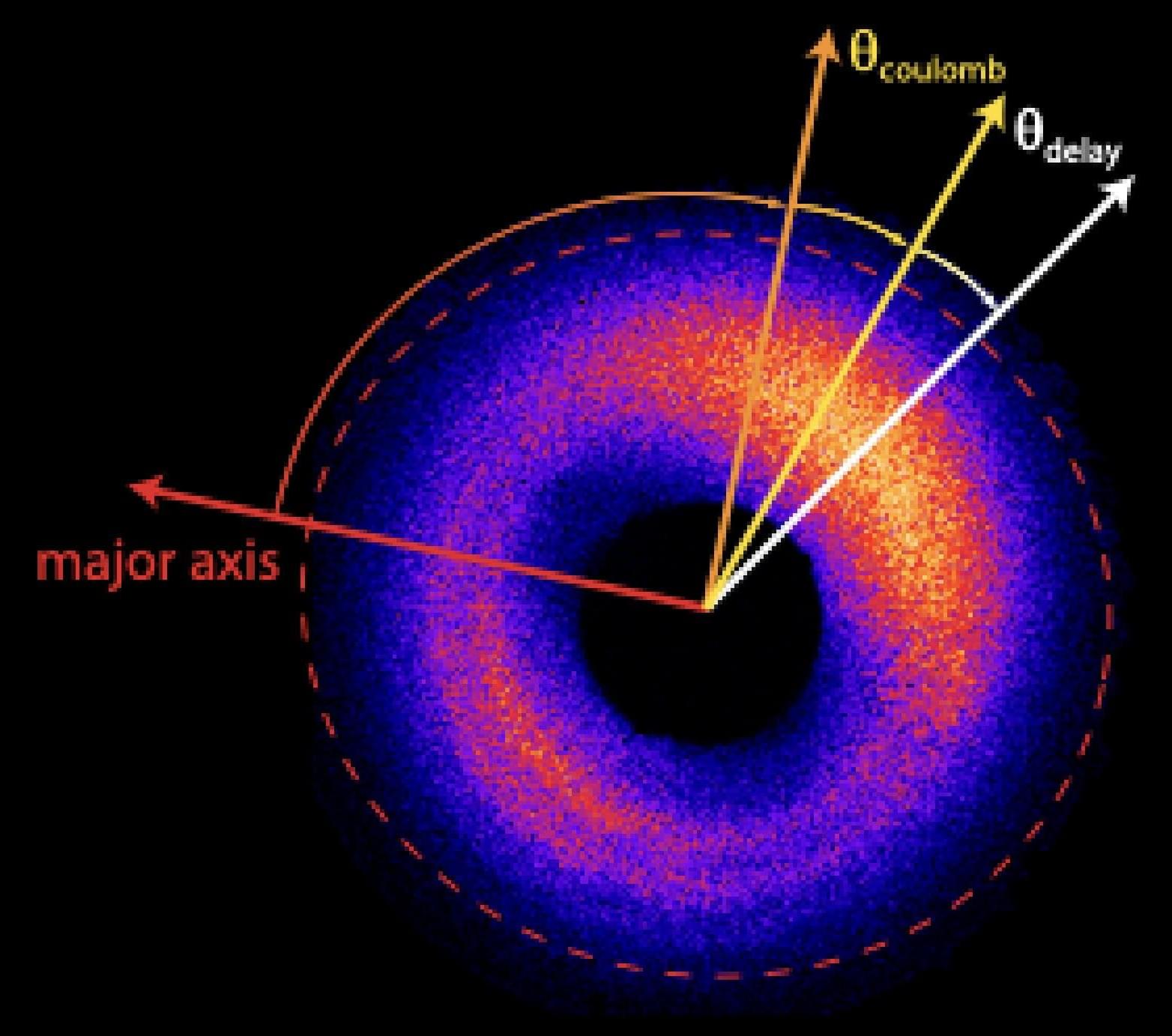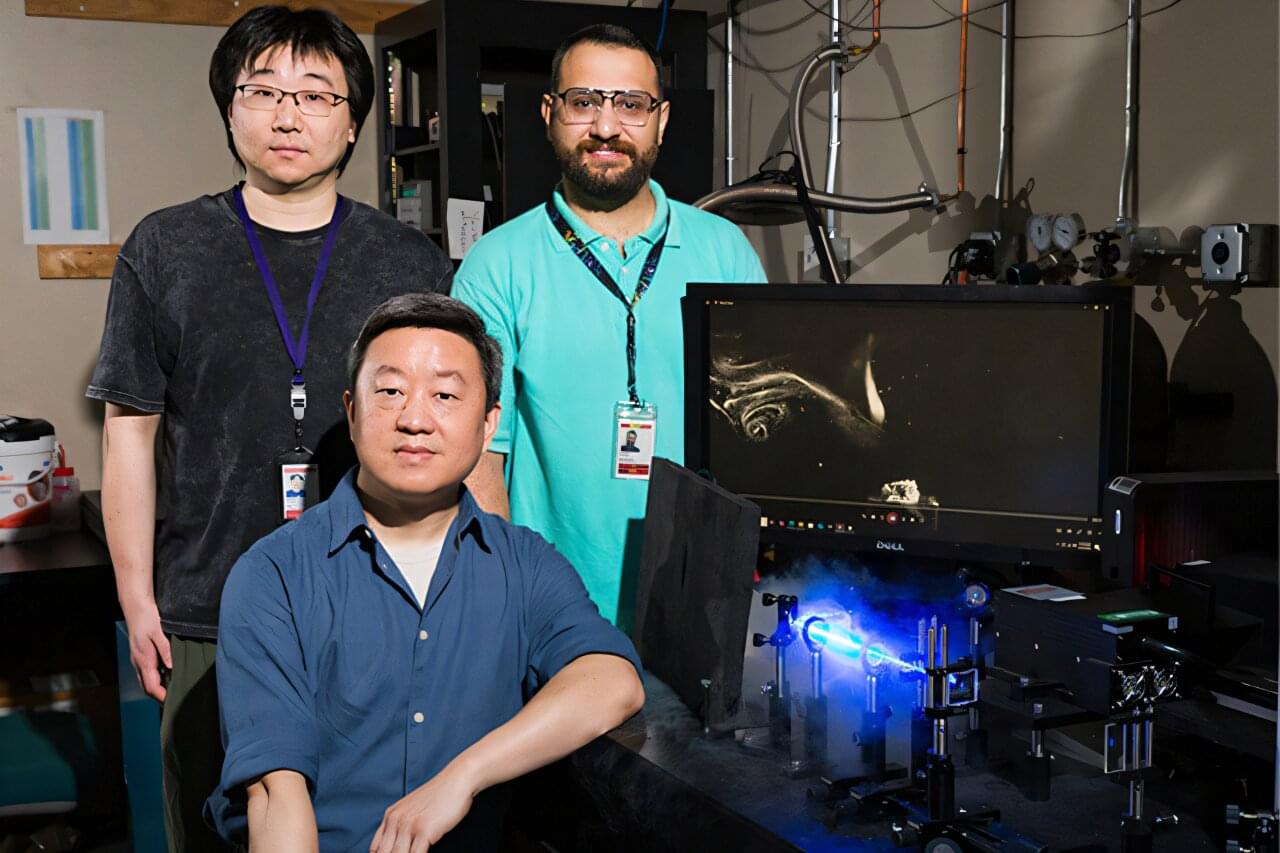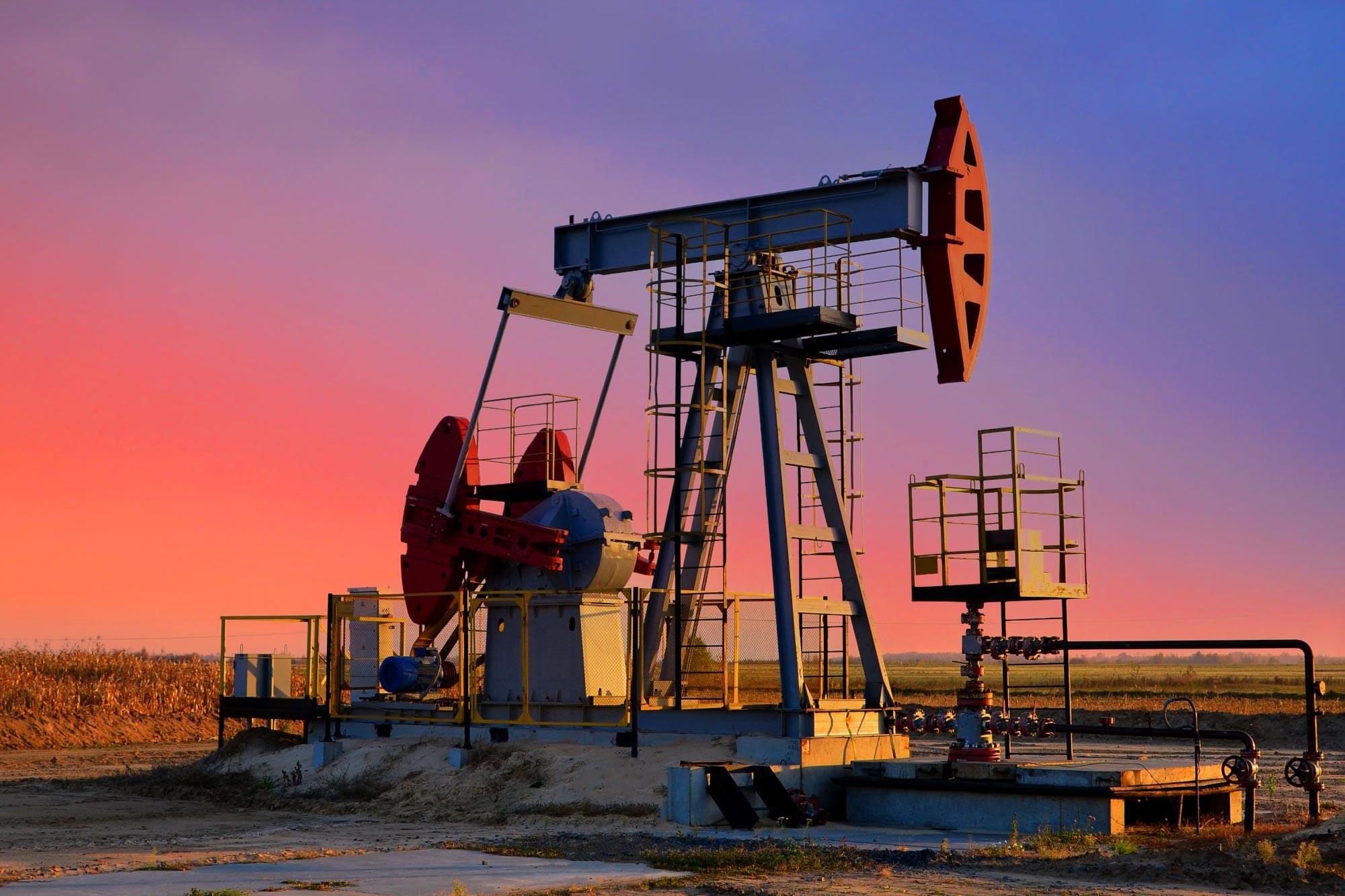Landauer’s principle connects entropy and energy dissipation in non-equilibrium processes. An experiment now uses this principle to measure entropy production in a Bose gas to resolve contributions from correlations and dissipation.



IN A NUTSHELL 🌞 Solar hydrogen generation could revolutionize clean energy by converting sunlight into hydrogen fuel. 💡 Researchers discovered that elevating electrolyte temperatures boosts bismuth-vanadate electrode activity by 40%. 🔍 The study provides new insights into how temperature affects solar water splitting and metal-oxide cell performance. 🚀 Advancements in this field may accelerate the

When placed under a powerful laser field (i.e., under strong-field ionization), electrons can temporarily cross the so-called quantum tunneling barrier, an energy barrier that they would typically be unable to overcome. This quantum mechanics phenomenon, known as quantum tunneling, has been the focus of numerous research studies.
Precisely measuring the exact time that an electron spends inside a quantum tunneling barrier during strong-field ionization has so far proved challenging. In recent years, physicists have developed advanced experimental tools called attoclocks, which can measure the timing of ultrafast electron dynamics and could thus help to answer this long-standing research question.
Despite their potential for measuring the tunneling time of electrons, most attoclocks developed to date have had significant limitations and have been unable to yield reliable and conclusive measurements. In a recent paper published in Physical Review Letters, researchers at Wayne State University and Sorbonne University introduced a new attoclock technique that leverages the carrier-envelope phase (CEP), the offset between the peak of a laser’s pulse’s envelope and its oscillating field, to collect more precise tunneling time measurements.


This wireless desk can power almost your entire PC, no cables or batteries needed.

The extraction of work (i.e., usable energy) from quantum processes is a key focus of quantum thermodynamics research, which explores the application of thermodynamics laws to quantum systems. Meanwhile, other quantum physics research has been investigating the non-Markovian dynamics of open quantum systems, which entail the influence of past states on the systems’ future evolution.
Researchers at the University of Nottingham and University of São Paulo have introduced a general and rigorous framework that bridges quantum thermodynamics and non-Markovian dynamics, showing that the latter could serve as a resource that can be exploited to enhance the extraction of work from quantum processes.
Their paper, published in Physical Review Letters, could open new possibilities for the future development of quantum technologies.

An international research collaboration featuring scientists from the FAMU-FSU College of Engineering and the National High Magnetic Field Laboratory has discovered a fundamental universal principle that governs how microscopic whirlpools interact, collide and transform within quantum fluids, which also has implications for understanding fluids that behave according to classical physics.
The study, which was published in the Proceedings of the National Academy of Sciences, revealed new insights into vortex dynamics within superfluid helium, a remarkable liquid that exhibits zero-resistance flow at temperatures approaching absolute zero. The research demonstrates that when these quantum vortices intersect and reconnect, they separate faster than their initial approach velocity, creating bursts of energy that characterize turbulence in both quantum and classical fluids.
“Superfluids offer a uniquely clear perspective on turbulence,” said FAMU-FSU College of Engineering Professor Wei Guo, a study co-author. “We’re beginning to understand the universal physics that connects quantum and classical worlds, and that’s an exciting frontier for both science and technology.”

Boise State University researchers have unveiled a cutting-edge approach to manufacturing flexible hybrid circuits—reducing costs, waste, and environmental impact. Their work leverages the properties of laser-induced graphene and was recently featured on the cover of Advanced Materials Technologies.
Laser-induced graphene uses a single-step laser manufacturing process that converts carbon-rich materials into a 3-dimensional conductive and porous structure with some regions of atomically thin graphene. This technique is scalable, cost-effective, and patternable, making it ideal for applications in electronics, sensing, and energy storage.
In this work, the researchers used palladium (Pd) nanoparticles embedded in a polymer matrix to form Pd functionalized laser-induced graphene. These Pd nanoparticles act as seed crystals for the electroless deposition of copper on the LIG scaffold, thus forming copper interconnects for flexible printed circuit boards (f-PCBs) through a laser-enabled additive manufacturing process.

Turning crude oil into everyday fuels like gasoline, diesel, and heating oil demands a huge amount of energy. In fact, this process is responsible for about 6 percent of the world’s carbon dioxide emissions. Most of that energy is spent heating the oil to separate its components based on their boiling points.
Now, in an exciting breakthrough, engineers at MIT have created a new kind of membrane that could change the game. Instead of using heat, this innovative membrane separates crude oil by filtering its components based on their molecular size.
“This is a whole new way of envisioning a separation process. Instead of boiling mixtures to purify them, why not separate components based on shape and size? The key innovation is that the filters we developed can separate very small molecules at an atomistic length scale,” says Zachary P. Smith, an associate professor of chemical engineering at MIT and the senior author of the new study.